Simulation from two perspectives (blurred distinction):
- understanding
- narrative

The Image of the City, Kevin Lynch
Cognitive mapping
a situational representation on the part of the individual subject to that vaster and properly unrepresentable totality which is the ensemble of society's structures as a whole (Postmodernism, Fredric Jameson)
this "urban mental map" is one example of the more general way we form understandings of the world, called "cognitive mapping". Fredric Jameson defined it as such.
cognitive maps are how we make sense of the world, how we orient ourselves within it, and how we understand how to talk about and approach problems.
Representational infrastructure

(Wilensky & Papert)
no single piece of information or media completely forms these cognitive maps. they aggregate over time as we pick up different frameworks for seeing the world, have new and unexpected experiences, communicate with others, and so on.
the bits and pieces that contribute to the formation of our cognitive maps can be called "representational infrastructure", a term I first encountered through Wilensky & Papert.
for example, maps are one form of such infrastructure for navigating physical space. another might be a particular cinematic practice, or a written form.
What factors into how quickly and easily we can learn something new and become proficient at it?
Our capacity to understand and manipulate knowledge is contingent on how we represent that knowledge and the operations that are possible with it.
For example, say I were to ask you for directions to a place.
You could tell me the directions, step-by-step. Might be hard for me to remember though, so you or I might write those directions down. So then I could follow those directions one by one and arrive at my destination. What if one of the roads on that list is closed? These written directions don't give much help in finding a new route.
If you had drawn me a map, that might help a bit more. I'd understand the general direction I needed to go to, so when faced with a closed road, I could estimate how I needed to get around it. But this map is likely a quick sketch, and you haven't really filled in enough detail for me to easily find a way around. I'd have to walk around, trial-and-error, trying some roads, hoping they take me closer and not to any dead ends, to find a better route.
If you'd have given me a complete map and annotated with the route you wanted me to take, then I'm much better off. I can just use the paper to plot out alternative paths, saving me the effort of wandering around to find alternative routes. But some of these alternative paths may also have road blocks that aren't reflected on the paper map.
Of course nowadays we obviate the need of asking people for directions or messing about with paper maps, we use a service like Google Maps which takes care of the re-routing for us. However, the actual representation of the directions is more or less the same than what I've described already.
The point here is that different representations make operations easier or possible.
Compute the following:
When Wilensky and Papert discuss representational infrastructure, they use the example of Roman vs Hindu-Arabic numerals.
The computation above is really difficult to do with Roman numerals. It's likely that you first translated the Roman numerals into Hindu-Arabic numerals and then calculated the product.
Many operations that are relatively easy with Hindu-Arabic numerals are much more difficult to do with Roman numerals. The ease of Hindu-Arabic numerals has a lot to do with how it's structure around decimal places. So addition, for example, is easier, with the system of carrying numbers of to higher decimal places.
In fact, the awkwardness of Roman numerals for these simple operations may have contributed to the fact that only a highly-trained clergy could do mathematical operations we expect children be able to do well nowadays. With the proliferation of Hindu-Arabic numerals, these operations became more intuitive, better structured, and enabled easier processes for computing them.
(answer is 98 * 79 = 7742)

(And like the maps example, nowadays we'd punch the product into a calculator and let that compute it, but again, the representational infrastructure remains the same).
"Crisis of representation", "Representational breakdown"
the representational infrastructure we've come to rely on for navigating and making sense
of the world is increasingly inadequate.
for example: with increased mobility, people moving from city to city,
it may be more difficult to develop a comprehensive "image of a city".
you don't spend enough time to do so, and if you're transient, you may not be
invested in even trying to do so.
Alienation
an inability to cognitively map the mechanisms and contours of the world system is as debilitating politically as being unable to mentally map a city would be for a city dweller. (Jeff Kinkle, referring to Fredric Jameson)
Jeff Kinkle, referring to Jameson, uses the term "alienation" to describe the debilitation that results from an inability to form appropriate cognitive maps. a constant sense of being lost, disoriented, powerless.
in some domains where shifting lifestyles, cultural norms, and so on disrupt our preexisting capacity for forming cognitive maps, we develop new tools to help mitigate these problems. some of these tools, like Google Maps obviate the need for representational infrastructure altogether. You dont necessarily need to form a mental map of the city if you have an external one you can always refer to.
(though this is certainly not without its costs, for example, if we become too reliant on a service like google maps and lose a sense of our own city)
Donella H. Meadows (Thinking in Systems):
there is a problem in discussing systems only with words. Words and sentences must, by necessity, come only one at a time in linear, logical order. Systems happen all at once.
... Pictures work for this language better than words, because you can see all the parts of a picture at once.
Donella Meadows also offers a compelling example when contrasting pictures against words. Each form of communication has certain affordances that make it better or worse for conveying certain ideas.
Ted Chiang's The Story of Your Life
Arrival (2016)




Bureau d´Études' An Atlas of Agendas

pictures certainly have their strengths, but when reckoning with very intricate systems, they still fall short.
This is a project by Bureau d'Etudes mapping out various organizations, corporations, and so on and their relations to one another.
but as you can probably see, it's pretty overwhelming.
Not dynamic; no movement; static
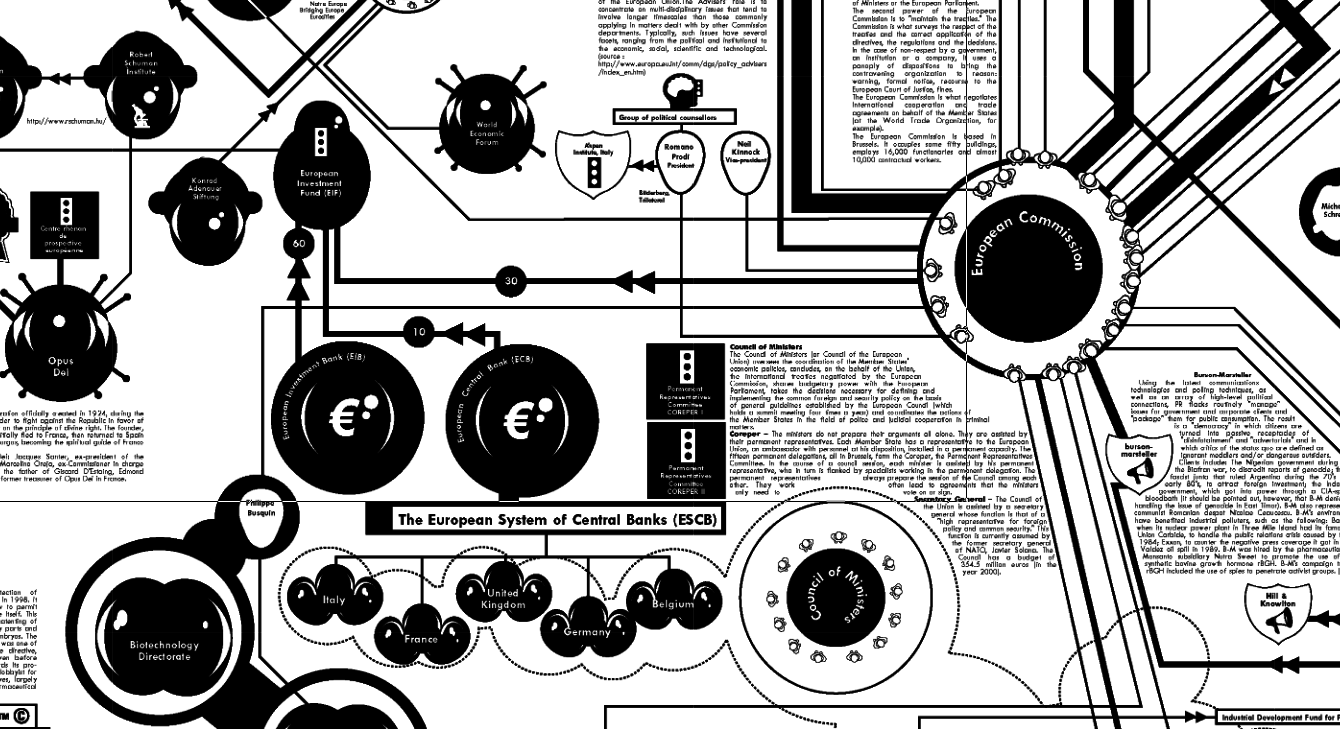
Cartographies of the Absolute (Jeff Kinkle, Alberto Toscano)
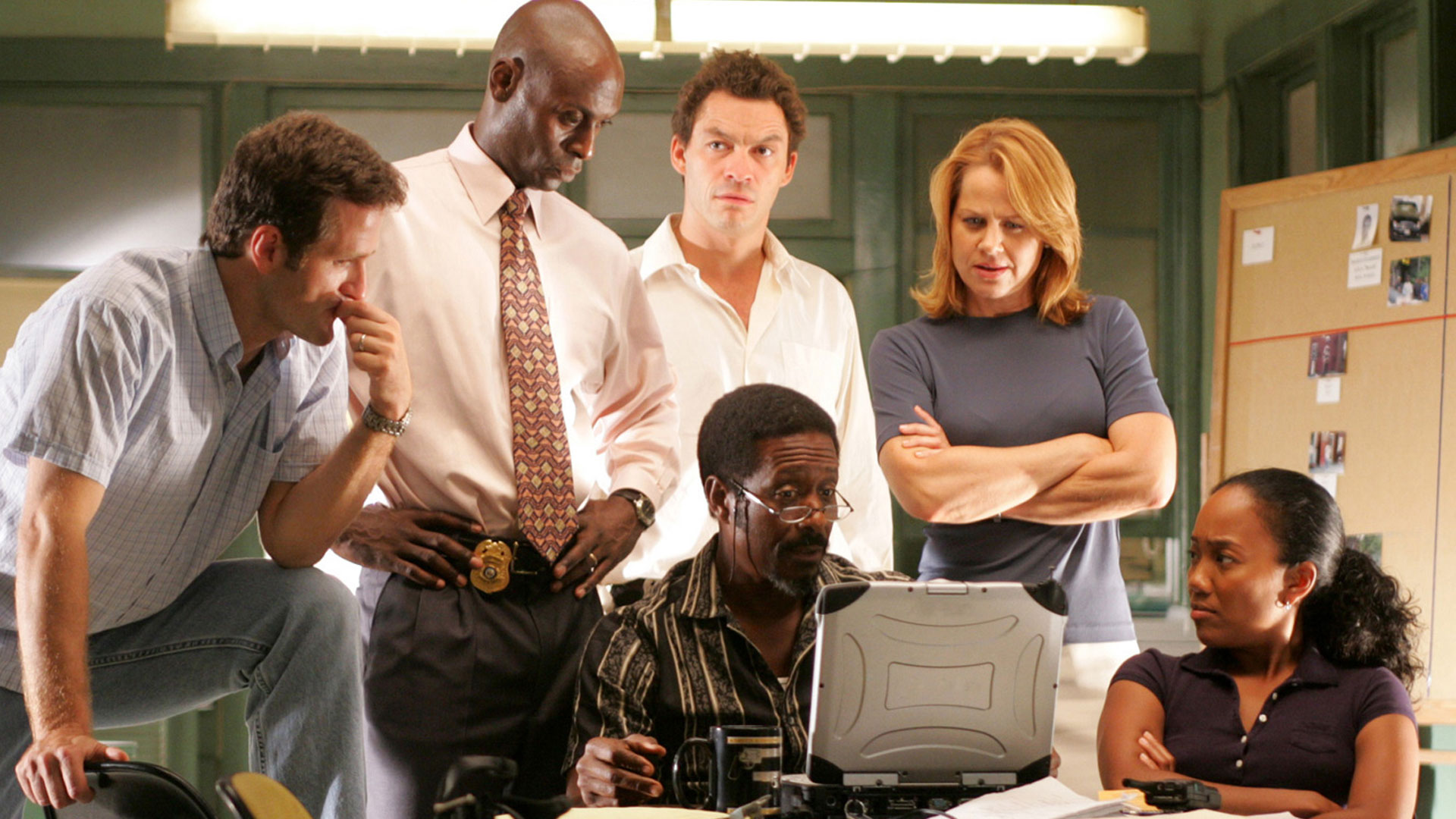
Simulations

Wilensky & Papert propose simulations (in particular, agent-based models) as a critical new kind of representational infrastructure
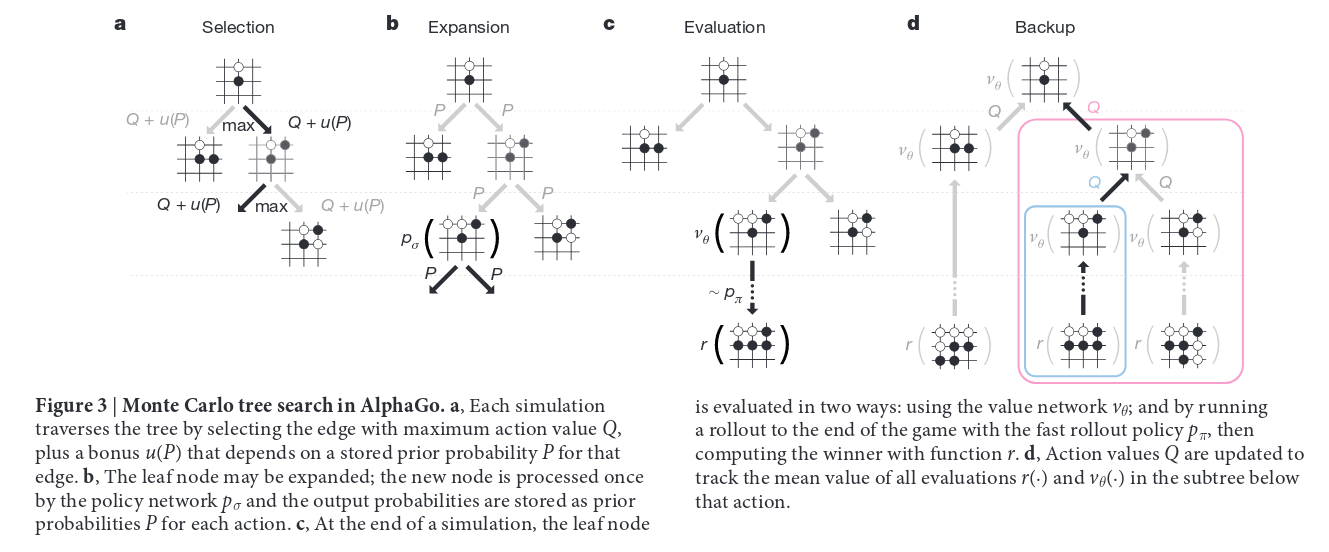
it's worthwhile to contrast simulation against AI/ML. simulation is closely related to the field of AI and machine learning, e.g. AlphaGo makes use of a simulation method in determining what moves to make. but aside from examples like this, it is very different than AI/ML, which right now is seeing its record-breaking algorithms come in the form of correlative black-boxes.

Judea Pearl, probably the leading person with respect to structured probabilistic and causal models, having introduced the idea of Bayesian networks, recently wrote a piece about this in Quanta Magazine, noting that these algorithms really don't understand anything about the world, at least not in a substantial or meaningful sense. causality is a key component for understanding the world, making decisions, etc, to deeply understand the world we need a causal understanding of it. simulations are a way of developing and expressing that understanding.
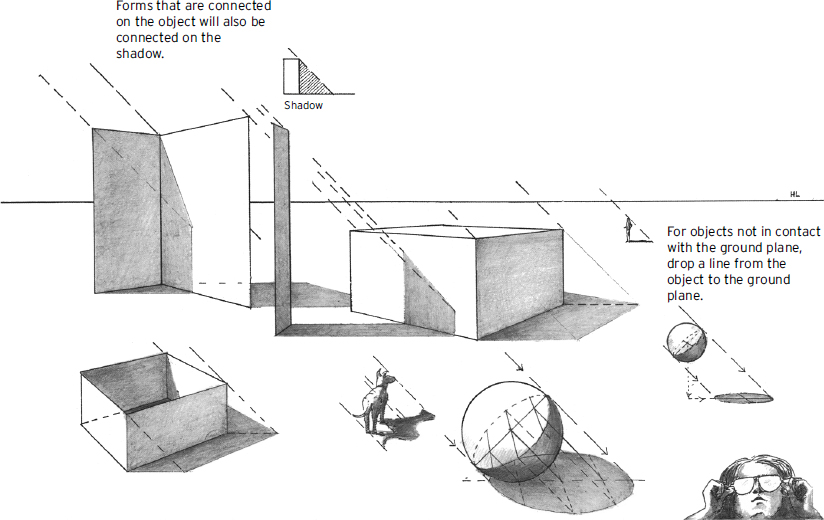
like when you first learn to draw you come to appreciate how much about the visual system you take for granted, the process of developing a simulation forces you to reckon with your own assumptions and gaps in your understanding about how something works.
Simulation as a tool

simulation as a means of experimentation, hypothesis testing (and just as one experiment can't be considered conclusive neither can a single simulation). e.g. what will be the outcomes of this particular intervention? there may be a large possibility space of potential approaches or solutions, and generally it may be completely infeasible or far too expensive to test, or there are ethical reasons for not doing so, for even one of these approaches, let alone any large portion of that space of possibilities.
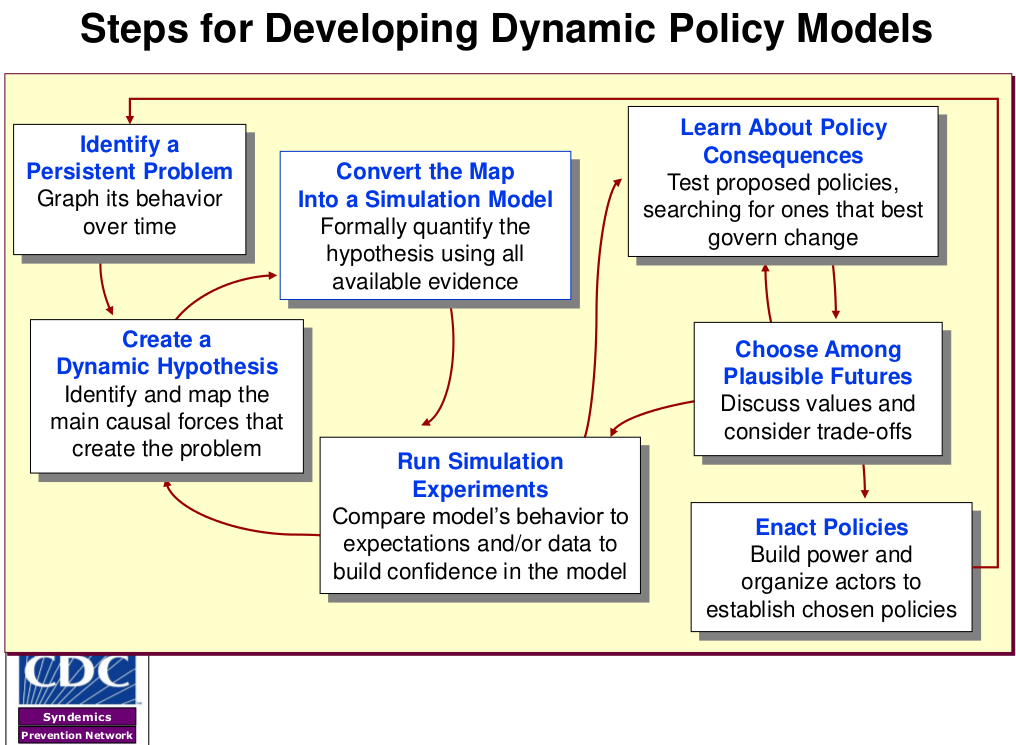
This same principle applies in domains beyond creative industries. There is some work, for instance, in public policy and economics (these focus less on the ideation side of the process on more on the verification side). With HOSNY, we wanted to do something similar, framing it as an economic tool to speculate with different economic outcomes for the city. There are more sophisticated tools used by urban transit planners as well to hypothesize the outcomes of new transit lines or changes to road networks.

This for example is a recent project I did with the Institute for Applied Economic Research in Brazil. We worked on an spatial economic model for the whole of Brazil and implemented a transit model as well, so we could estimate how economic policy changes might impact not only businesses and households but also transit networks.
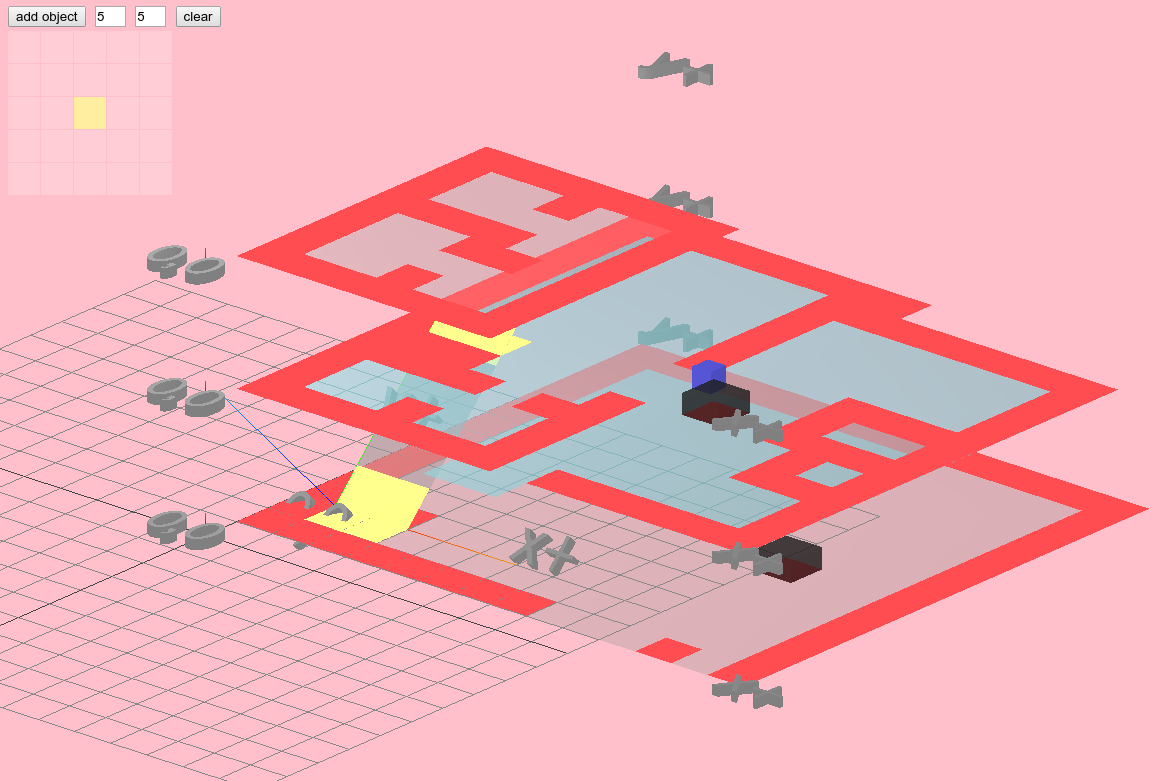
And this for example is a project called "Highrise", for modeling architecture interiors to see how users of the building might behave. This project is more on the "verification" side of this creative problem, we didn't get to the point of implementing the ideation part which would rapidly iterate various interior designs to find ones that seem to mesh well with the expected users of the building.

I know that there is work on rapidly exploring the space of possible materials to search for new materials with specified properties. Similarly, I wonder if it's possible to explore the space of possible flavor molecules to search for novel and exciting new flavors.
“Finding new materials has traditionally been guided by intuition and trial and error,” said Lookman.“But with increasing chemical complexity, the combination possibilities become too large for trial-and-error approaches to be practical.”
To address this, Lookman, along with his colleagues at Los Alamos and the State Key Laboratory for Mechanical Behavior of Materials in China, employed machine learning to speed up the process. It worked. They developed a framework that uses uncertainties to iteratively guide the next experiments to be performed in search of a shape-memory alloy with very low thermal hysteresis (or dissipation). Such alloys are critical for improving fatigue life in engineering applications.
At last year's annual NIPS conference (Neural Information Processing Systems), one of the leading conferences for new machine learning research, a workshop called "Machine Learning for Molecules and Materials" was held, so it is quite an active area of research and interest.
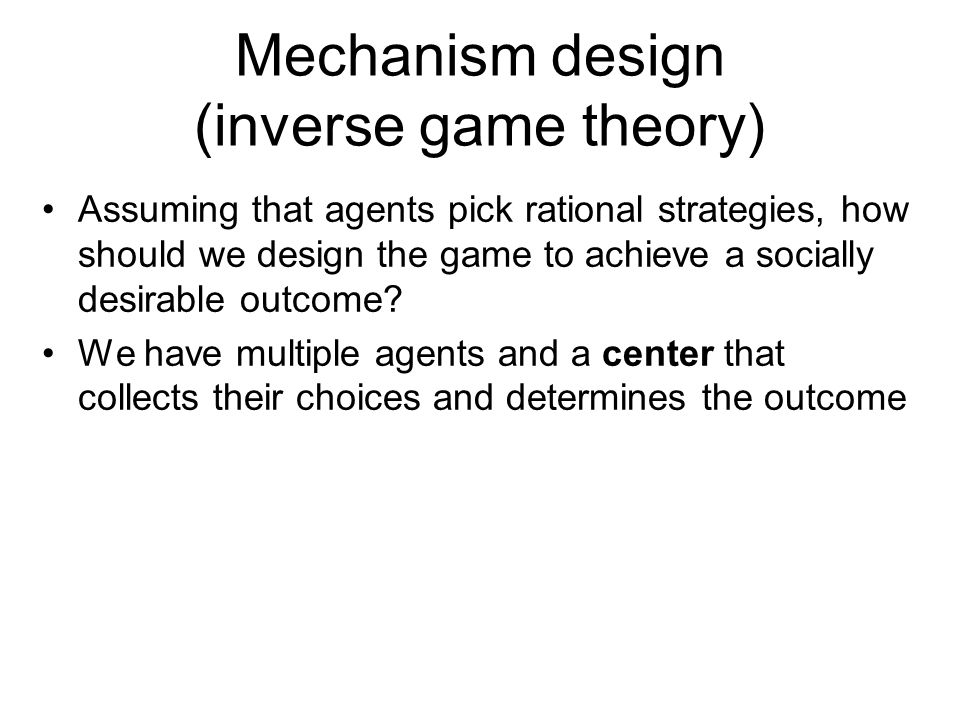
blockchain mechanism design:
not too difficult to reason on how certain incentive designs or auction mechanisms etc might work on a small scale, among a few individuals. much more complicated as the group size grows, or as new institution agents enter the ecosystem, etc. simulation provides a way to specify low-level dynamics to see emergent phenomenon, offloading that cognitive load to the machine.
"[Marain] appeal[s] to poets, pedants, engineers and programmers alike"
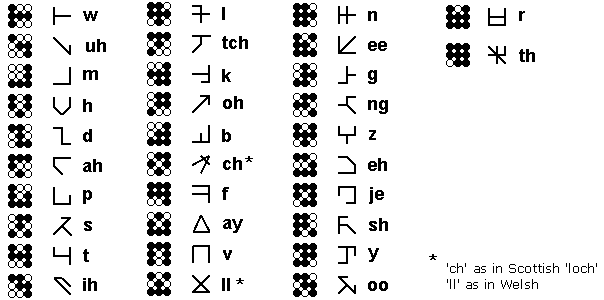
Ways to describe systems
- Mathematically, i.e. via equations
- Numerically, i.e. via a dataset
- Graphically, i.e. via images, charts, networks
- Narratively, i.e. by a story, film, etc
Mathematical description
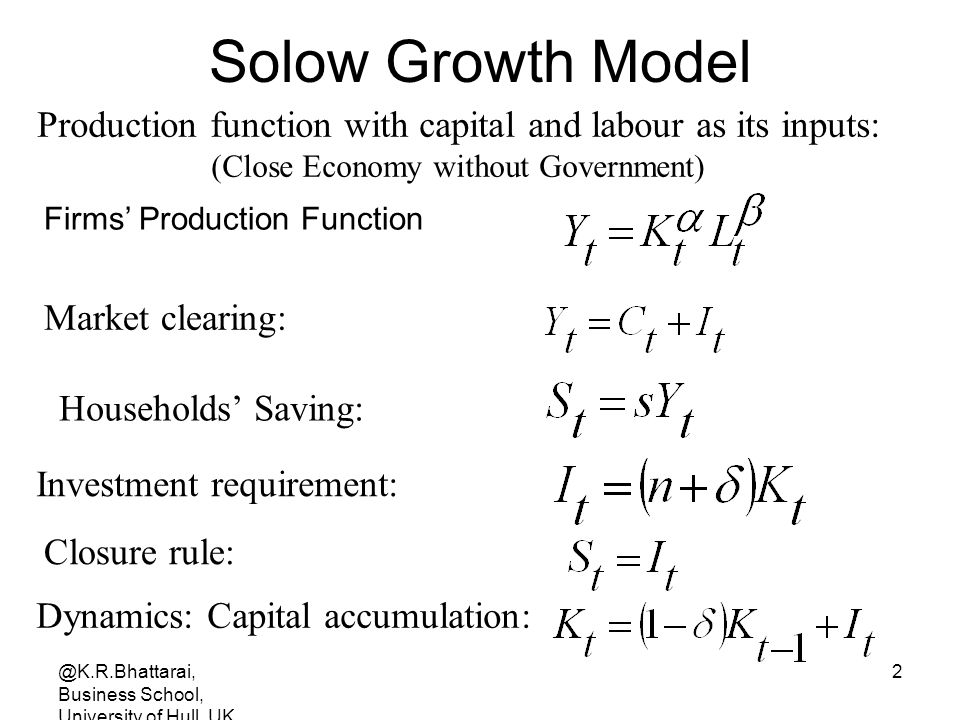
Numerical description

Graphical description

Narrative description
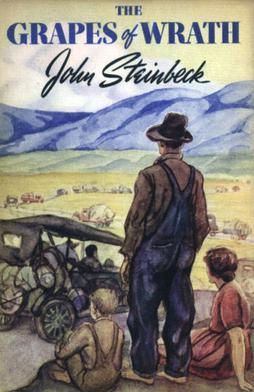
Narratives are especially compelling ways to represent systems; they require very little formal training (learn to read, or learn the language that's spoken) and they are arguably the primary way we learn. They inform how we make sense of the world. Through cinema, novels, journalism, and so on.
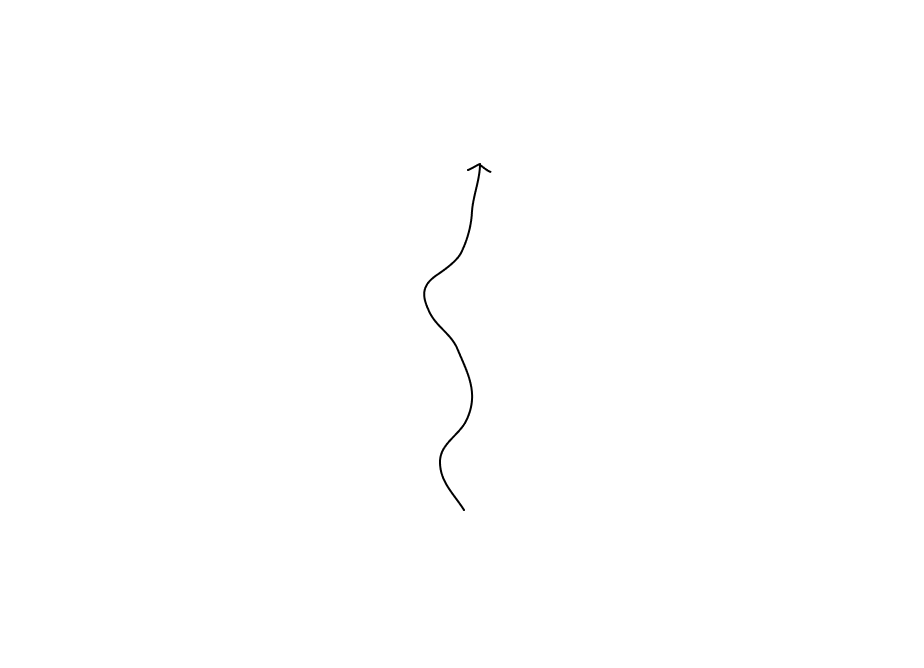
But what are the limits of narratives as we know it now? In terms of their ability to wholly and convincingly represent a system. Traditional narratives focus on roughly one story at a time, one thread out of potentially infinite possible stories, or even existing and overlapping stories, each with their own interesting variations and subtleties. How could you create an experience that has the capacity to tell all those stories, simultaneously?
Continuum of narrative experience: literal "on rails" experiences, ones that give the player more option for exploration but ultimately fixed to a linear narrative (older video games) ones that give the player more influence over the outcome (discrete, branching "multiple ending" form, where meaningful decisions are hard-coded points), or non-discrete, non-hardcoded influence over outcomes.
similarly, a good creative tool does not constrain you to some pre-defined outcome, but provides flexibility and a means to explore some space freely. and that typically means a space where you can try things out with little cost. simulation is generally always cheaper than dealing with the material world.
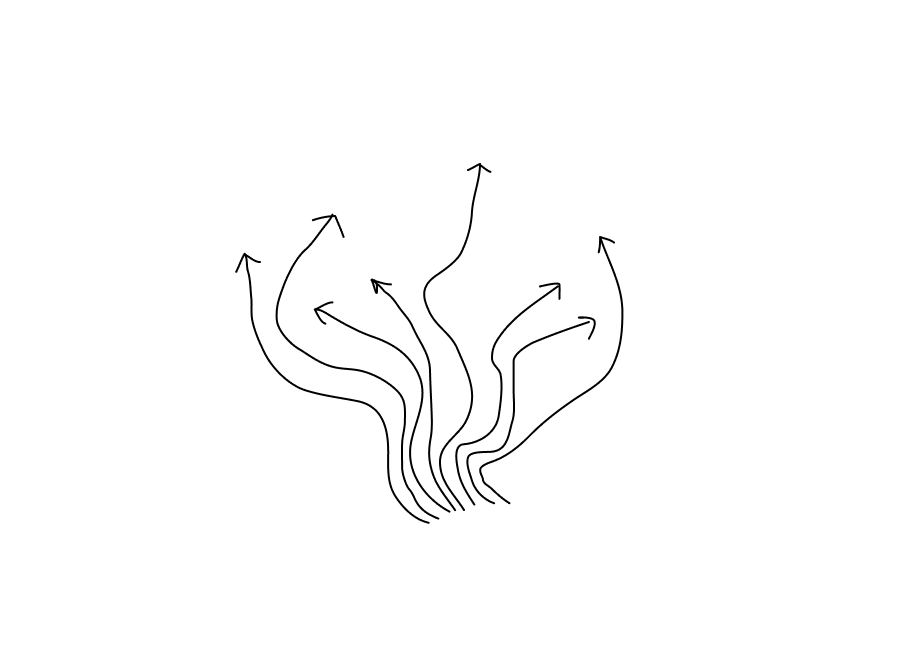
We can think of stories as one thread in a space of infinite threads.
Going back to causality vs "curve fitting": traffic prediction vs tracing
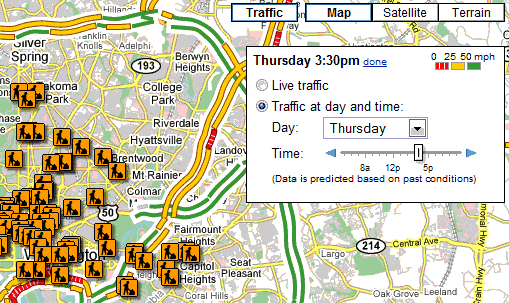
Google Maps traffic modeling can provide predictions about congestion without necessarily needing to understanding the causality underlying the dynamics of traffic. It does not need to model the behavior of individuals within the system, it only needs to provide some summary of the system given some inputs (e.g. day of the week and time of day).
Going back to causality vs "curve fitting": traffic prediction vs tracing

On the other hand, with a traffic simulation where we do care about the behaviors of the individuals that compose the network, we have a lot more free reign to interpret the model how we like. We can derive the same high-level summary given a day of week and time of day about congestion. But we can also pick out one of our simulated individuals and follow them around. See where they're going - to work? shopping? to pick up their kids? (caveat: the IPEA transit simulation is not this detailed, modeling only commutes, but this is possible). See if they're late to work, or if they left later than usual, etc.
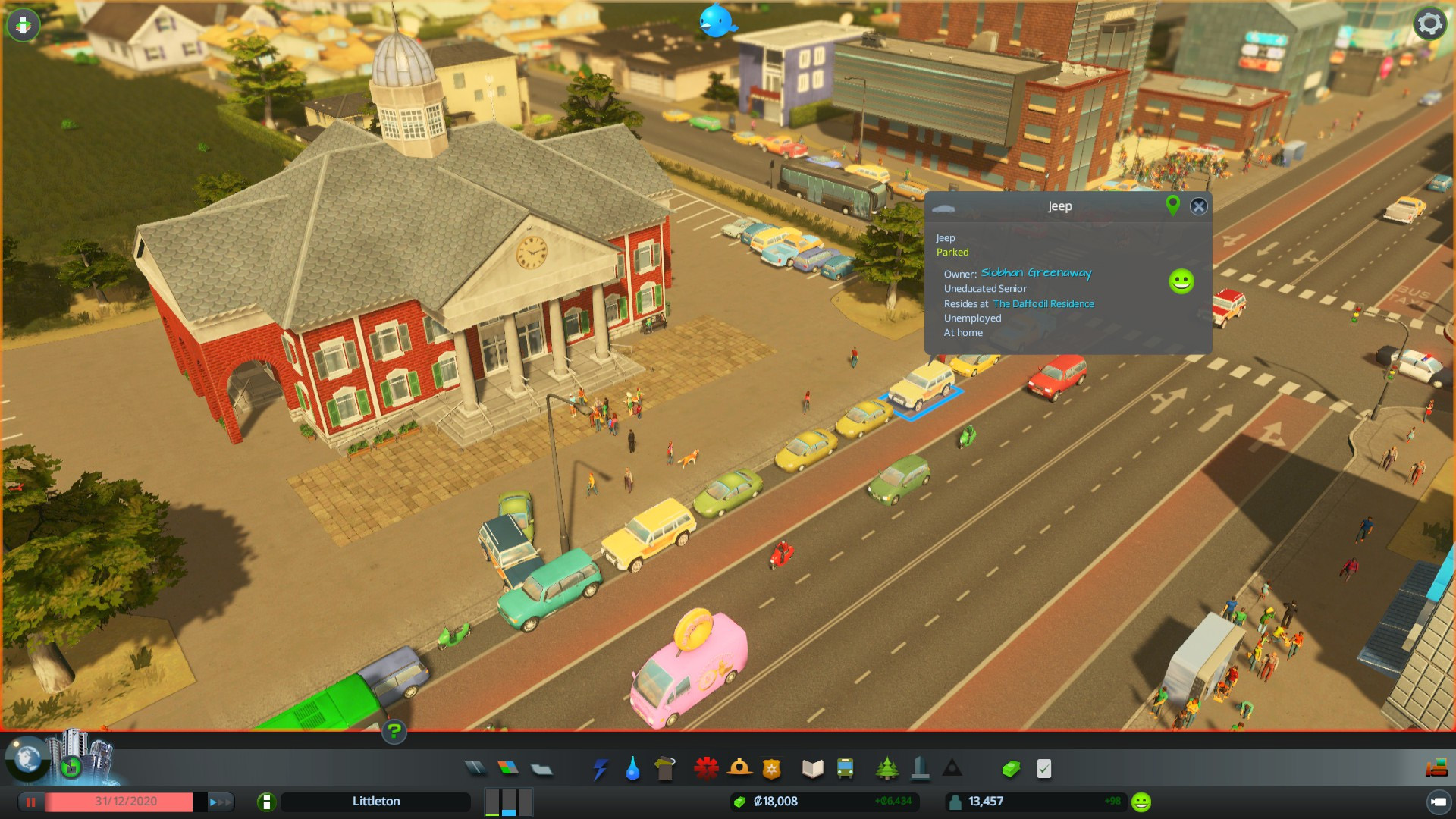
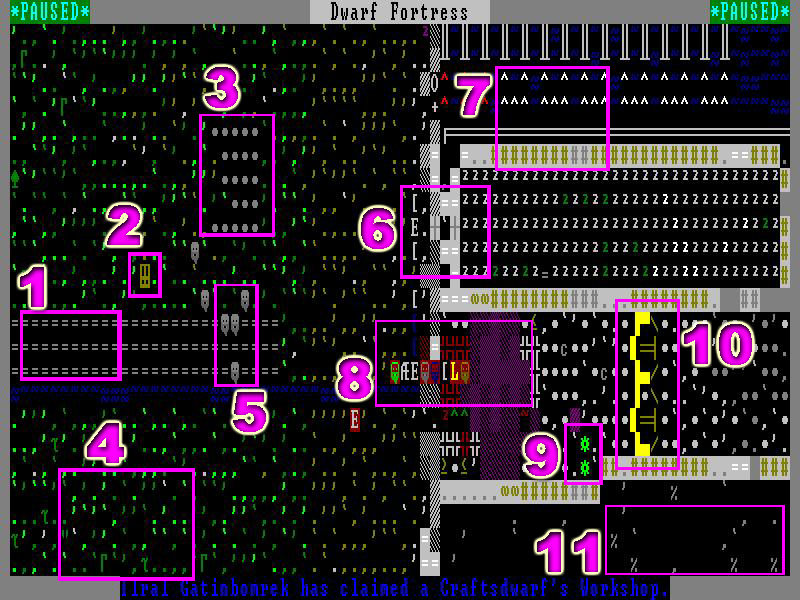
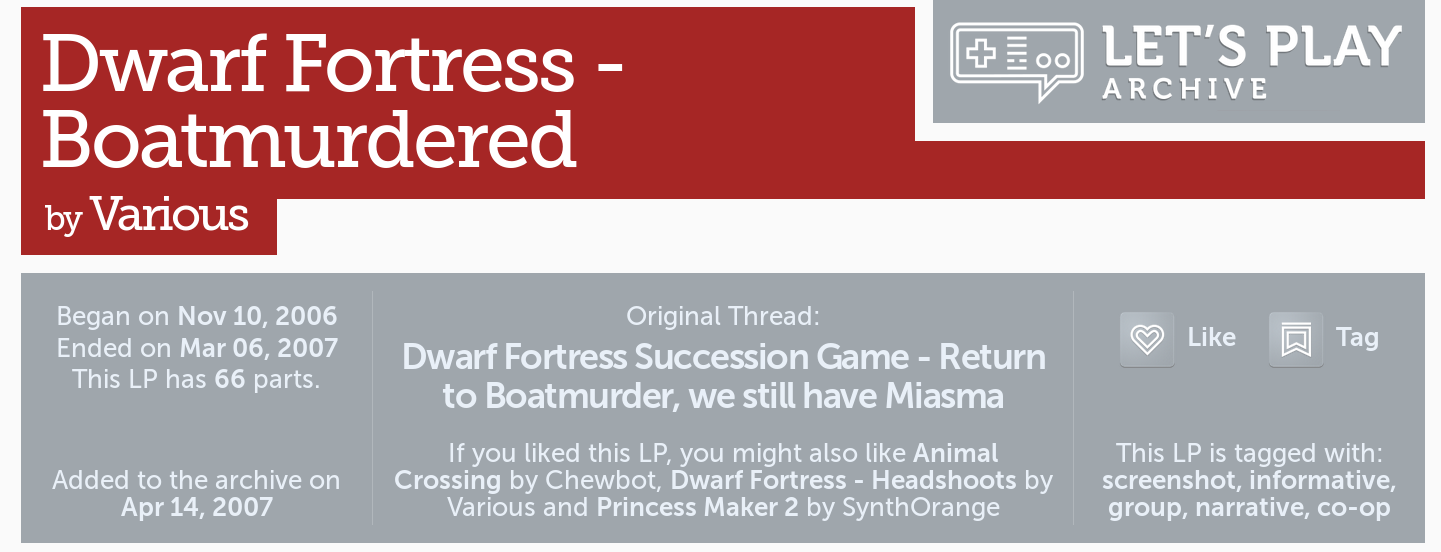
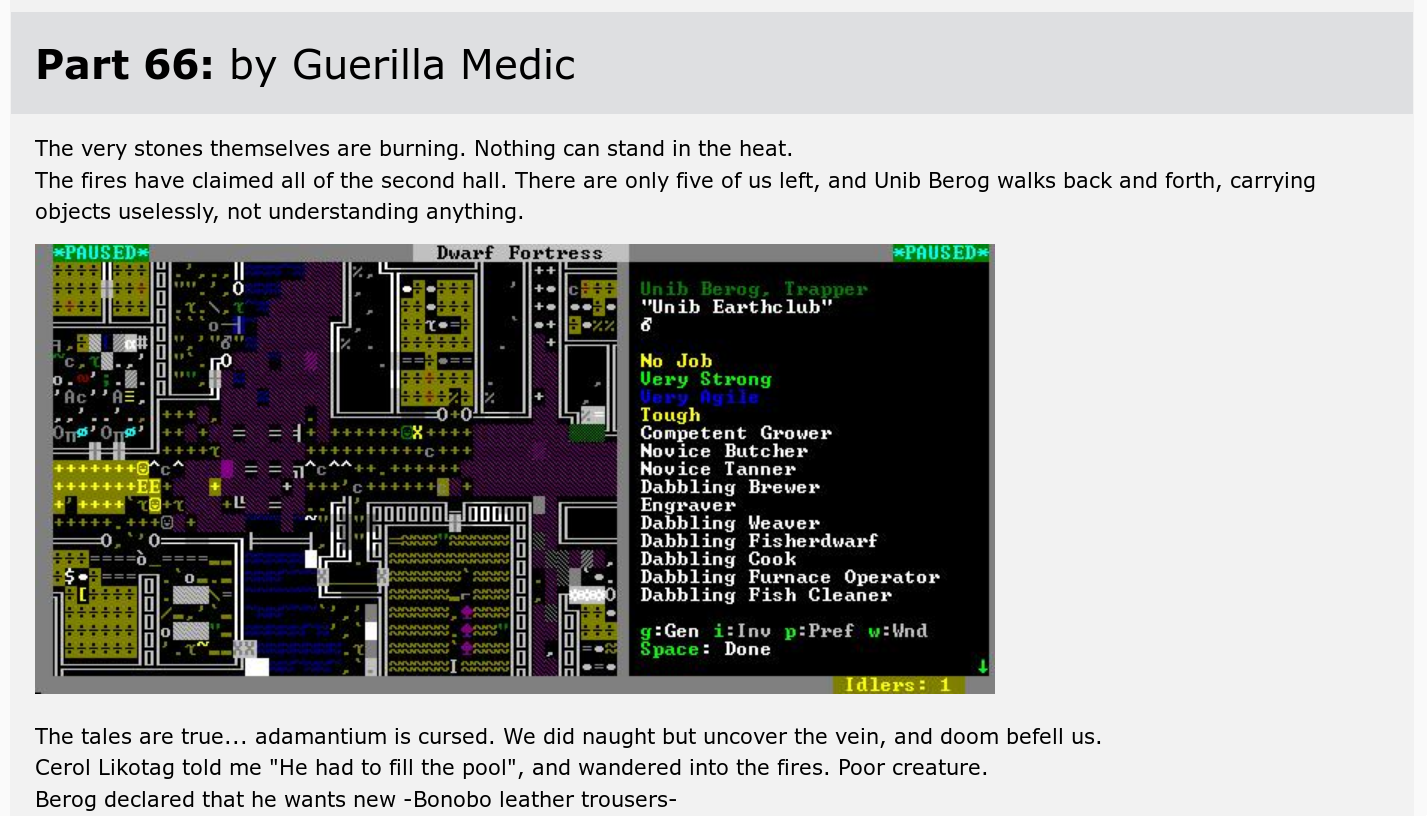
occhiolism
n. the awareness of the smallness of your perspective, by which you couldn't possibly draw any meaningful conclusions at all, about the world or the past or the complexities of culture, because although your life is an epic and unrepeatable anecdote, it still only has a sample size of one, and may end up being the control for a much wilder experiment happening in the next room.
from the dictionary of obscure sorrows
Counterfactuals & alternatives
social and economic simulations demonstrate the path-dependence of the world,
compelling cases that history could have taken other directions, leading to vastly
different outcomes, and still can.
Humans of Simulated New York (w/ Fei Liu)

speculating worlds
most parameters can be tweaked to setup hypothetical worlds, e.g.:
- labor required to produce food
- nutritional value of food
- productivity boost of equipment
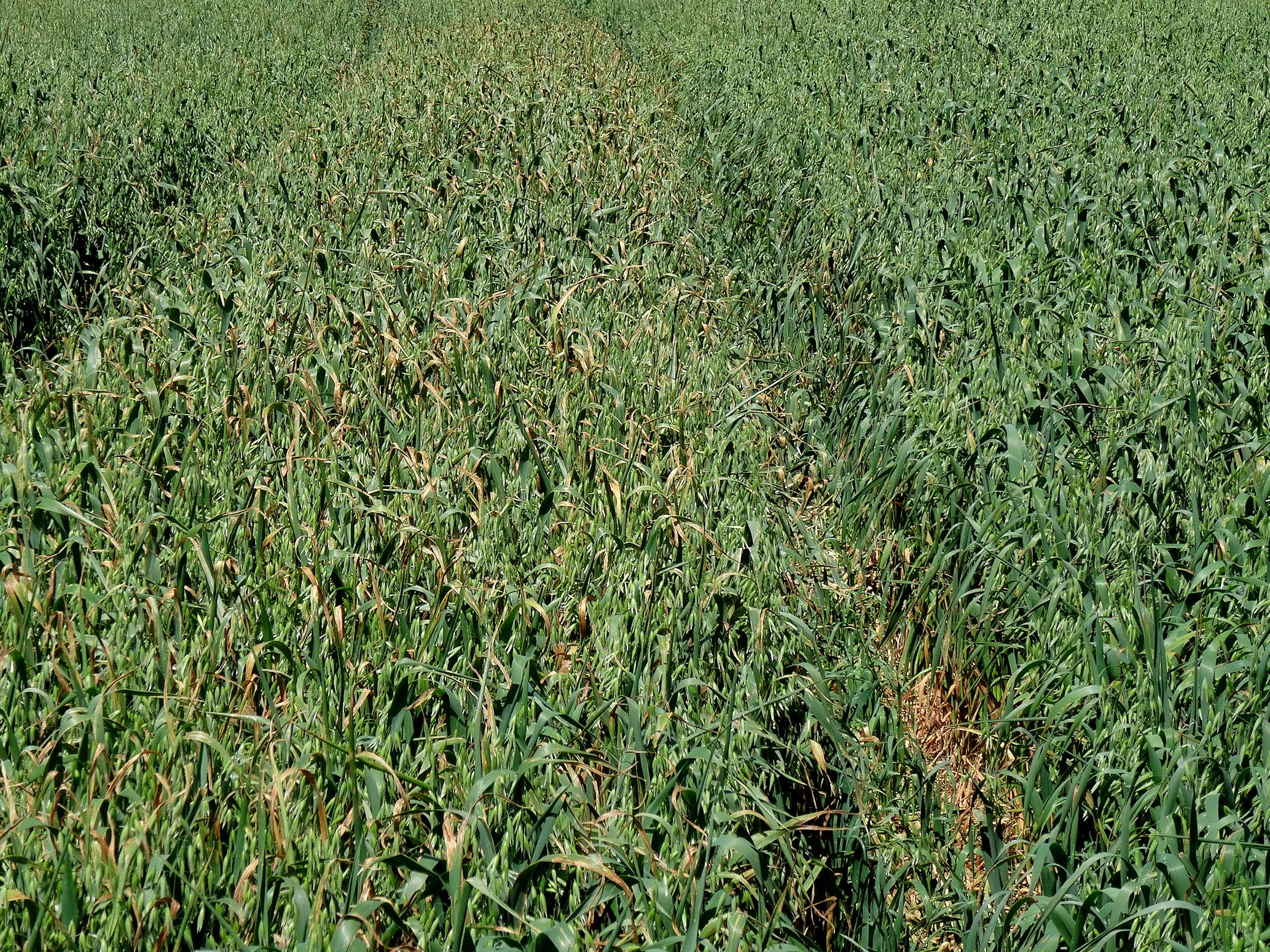
example: monoculture crop blight
- "normal" productivity per equipment
- labor required to produce food at high levels
- nutritional value of food at low levels

example: massive solar flare
- low productivity per equipment
- labor required to produce food at high levels
- nutritional value of food at low levels
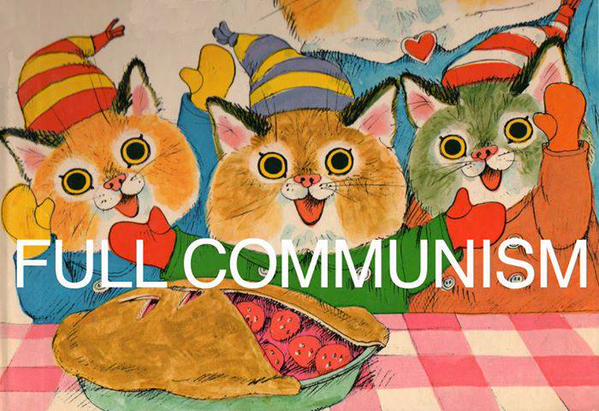
example: fully-automated luxury communism
- extremely high productivity per equipment
- labor required to produce food at "normal" levels
- nutritional value of food at "normal" or high levels
the game end of the simulation-game spectrum starts to emphasize not the fidelity of the model but rather its interactivity, its ability to incorporate you as an agent. games are uniquely positioned to encourage you to embody aspects of the simulation yourself by adopting its logics, or the motivations of its agents, etc...in a word, roleplaying. games let you play as others, simulate other experiences as your own, and while this has a lot of potential it also can very easily devolve into some kind of perverse tourism, trying on the lives of others.
but at best it lets us appreciate experiences beyond our own, maybe never in the rawness of reality but something a bit closer than nothing. it can cause us to think beyond our immediate experience and reach further back into the layers of the world that produce those experiences, quite literally.
i've long been sympathetic to techno-utopian sort of perspectives but frustrated with the fact that concerns of how technology is produced were often left out of conversations entirely. the focus is often on surpassing scientific hurdles to enable new technologies, taking for granted the actual assembly and politics of production that follow; as if plucked off a tree. I put together this syllabus to better understand the systems that produce the technology that would form the substrate of a techno-utopia and why such a stance without considering this side of things will never realize that utopian vision.
this was a list of readings so it wasn't super visceral or accessible. and these same issues plague other domains of production, such as food and agriculture.
I want to extend the motivation for this syllabus into a new game. As I have been describing here, simulations as a practice, as a process, force you to reckon with causality, interconnectedness; and games when applied in this way can amplify that effect.
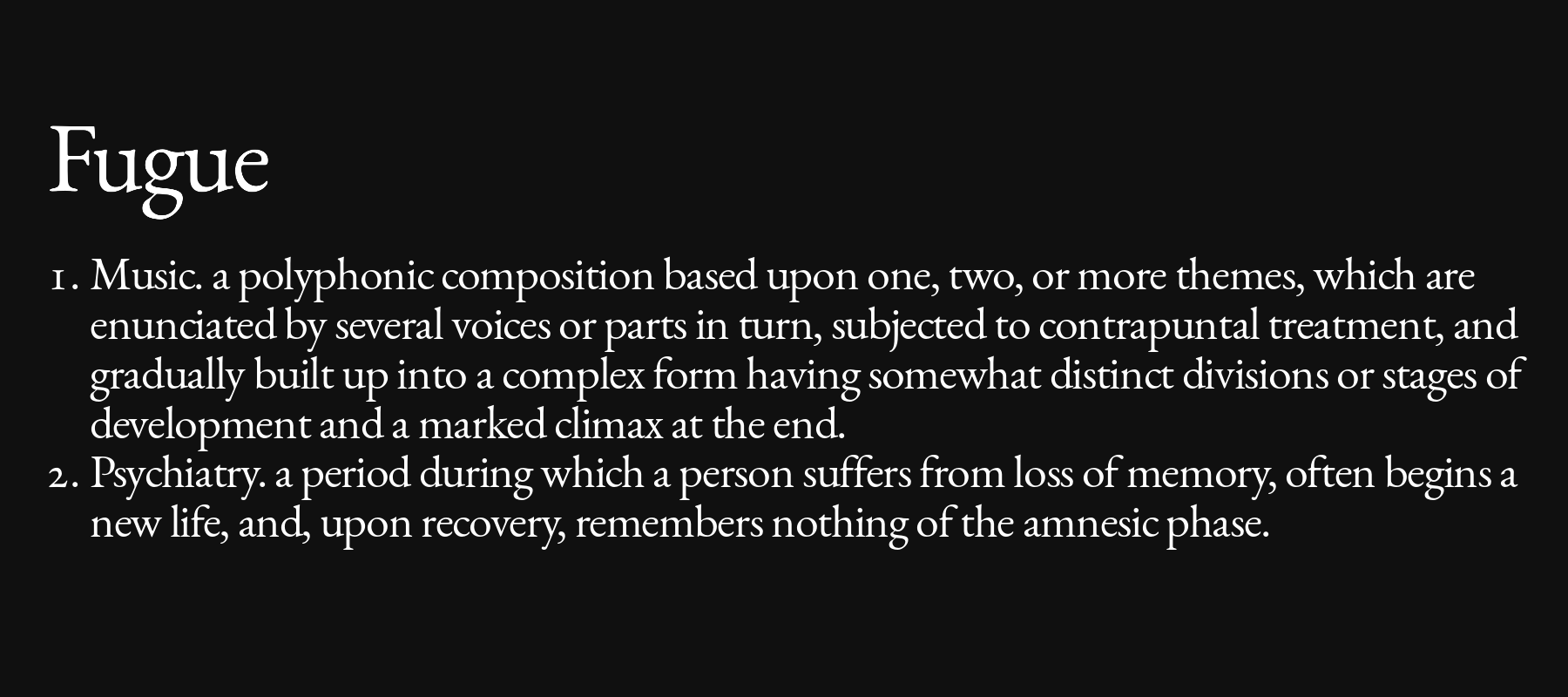
Thank you
urban planner Kevin Lynch interviews people in multiple cities to understand how they form "mental maps" of their cities. what is their "mental image" of the city? their intuitive understanding that allows them to navigate it how they like? where does it come from, how does it develop?